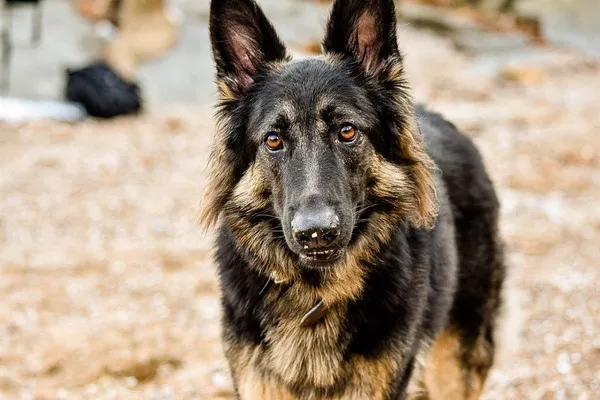The Alaskan Malamute is a large and powerful breed of dog that was originally bred for hauling heavy loads over long distances in harsh Arctic conditions. Due to their size and strength, many people are curious about the bite force of the Alaskan Malamute. In this article, we’ll explore what the bite force of an Alaskan Malamute is and what factors can influence it.
What is Bite Force?
Bite force is the amount of pressure that a dog’s jaw can exert when biting down. The bite force of a dog is measured in pounds per square inch (PSI). Larger and stronger breeds typically have a higher bite force than smaller breeds. Bite force is important to consider because it can affect the dog’s ability to bite through objects and cause damage.
Bite Force of an Alaskan Malamute
The bite force of an Alaskan Malamute can vary depending on the individual dog and other factors such as age and gender. However, in general, the bite force of an Alaskan Malamute is considered to be strong, with an average PSI of 328. For comparison, the bite force of a human is around 160 PSI. It’s important to note that a dog’s bite force does not necessarily correlate with their aggressiveness or tendency to bite.
Factors that Influence Bite Force
There are several factors that can influence the bite force of an Alaskan Malamute. These include genetics, age, gender, and overall health. In general, larger and heavier dogs tend to have a higher bite force than smaller dogs. Additionally, younger dogs may have a stronger bite force than older dogs, as their jaw muscles are still developing. Male dogs also tend to have a stronger bite force than female dogs. Finally, overall health can play a role in bite force, as a dog with strong muscles and healthy teeth and jaws will likely have a stronger bite force than a dog with dental problems or muscle weakness.
Implications of Bite Force
While the bite force of an Alaskan Malamute is strong, it’s important to note that bite force alone does not determine a dog’s potential for aggression or danger. Factors such as socialization, training, and environment also play a role in a dog’s behavior. Proper training and socialization can help prevent aggressive behavior and ensure that your Alaskan Malamute is a friendly and well-behaved companion.
The bite force of an Alaskan Malamute is strong, with an average PSI of 328. However, it’s important to remember that bite force alone does not determine a dog’s potential for aggression or danger. If you’re considering adding an Alaskan Malamute to your family, it’s important to choose a reputable breeder and provide proper training and socialization to ensure a happy and well-behaved companion.


























